Blog
-
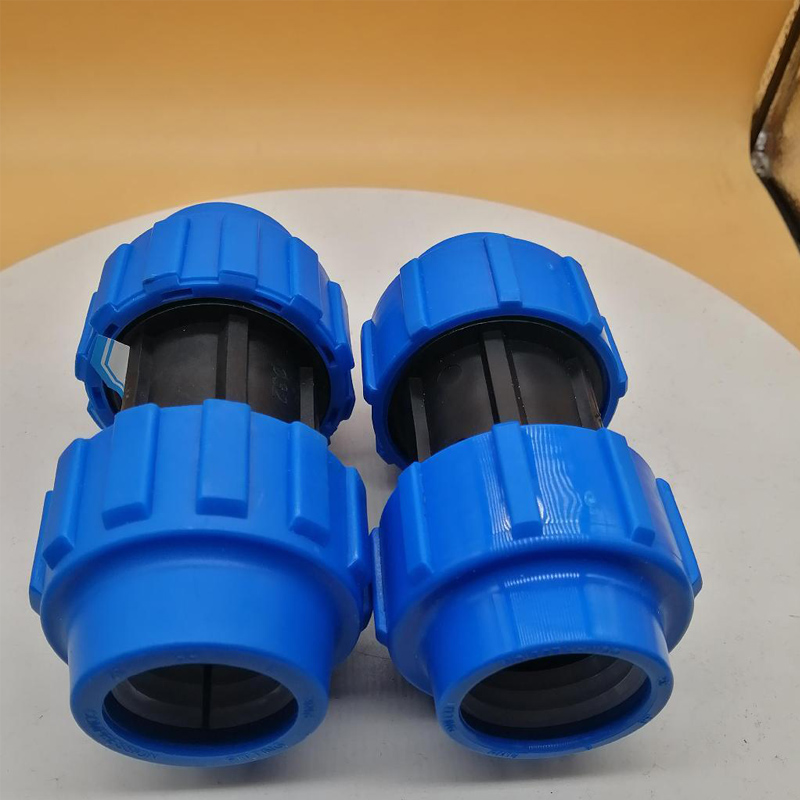
HDPE Pipes Features And Applications
The full form of HDPE is High-Density Polyethylene. HDPE pipes are made through a process known as extrusion and in this process , HDPE material is heated to a semi-molten state and then it is forced through a die to form a tube. The tube is then cooled and cut to the desired length and which helps to solidify the material. This process ensures consistent quality and high durability of the final product. Thus, the final product is a high-quality, flexible, and durable pipe that can be used for a variety of applications. HDPE pipes are widely used in water supply, gas distribution, sewage and drainage systems, and industrial processes.Read more -
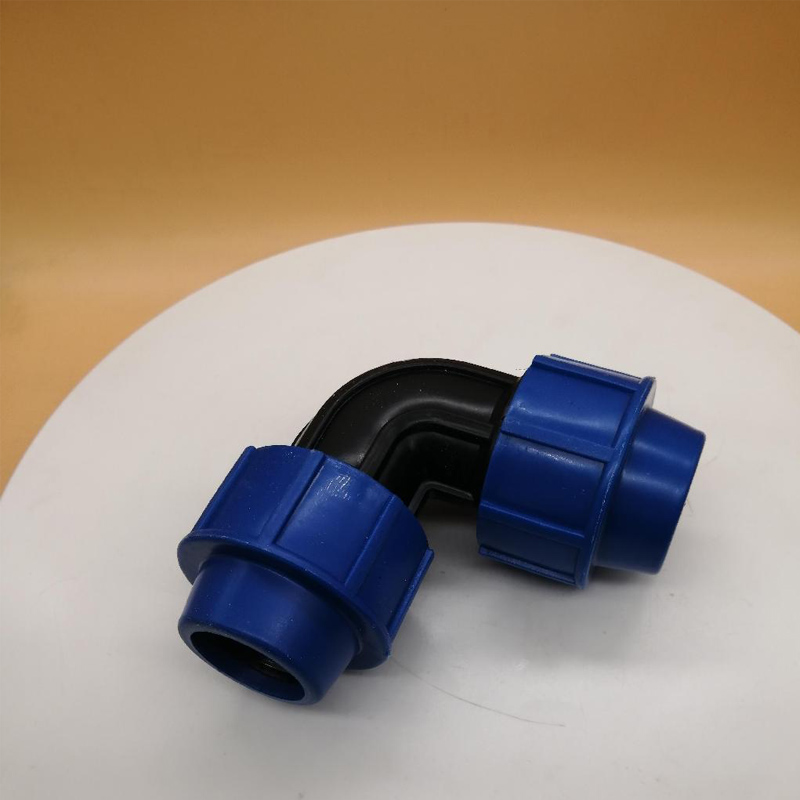
What’s the Difference Between HDPE Pipe and PE Pipe?
HDPE pipe is a type of plastic pipe that’s used to transfer fluids and gases or to replace ageing concrete or steel mains pipelines. HDPE pipe (which stands for high-density polyethylene pipe) is flexible, highly impermeable, and suitable for high pressure pipelines. Most commonly, HDPE pipe can be seen in use for water mains, gas mains, sewer mains, slurry transfer lines, rural irrigation, fire system supply lines, electrical conduits, communication conduits and drainage pipes.Read more -
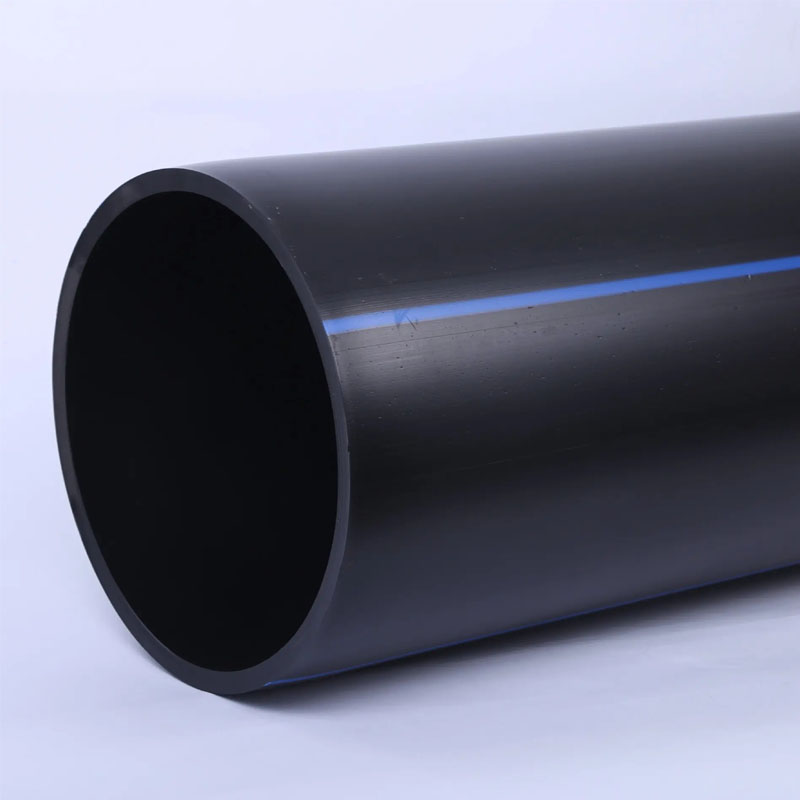
FIVE THINGS YOU NEED TO KNOW ABOUT HDPE PIPE
Learn about how a polymer supplier can help converters optimize their HDPE pipe production and usage.At Shell Polymers, we want to build (Real)ationships by making sure we’re more than just a polymer supplier. We also want to be a converter’s knowledgeable friend who shares insights on things that help grow your business.Take, for example, the market for pipes made of high-density polyethylene (HDPE Resin). It’s booming. Let’s look at five things converters need to know about HDPE pipe, the growth opportunities in this sector, and how your polymer supplier can enable those opportunities.Read more -
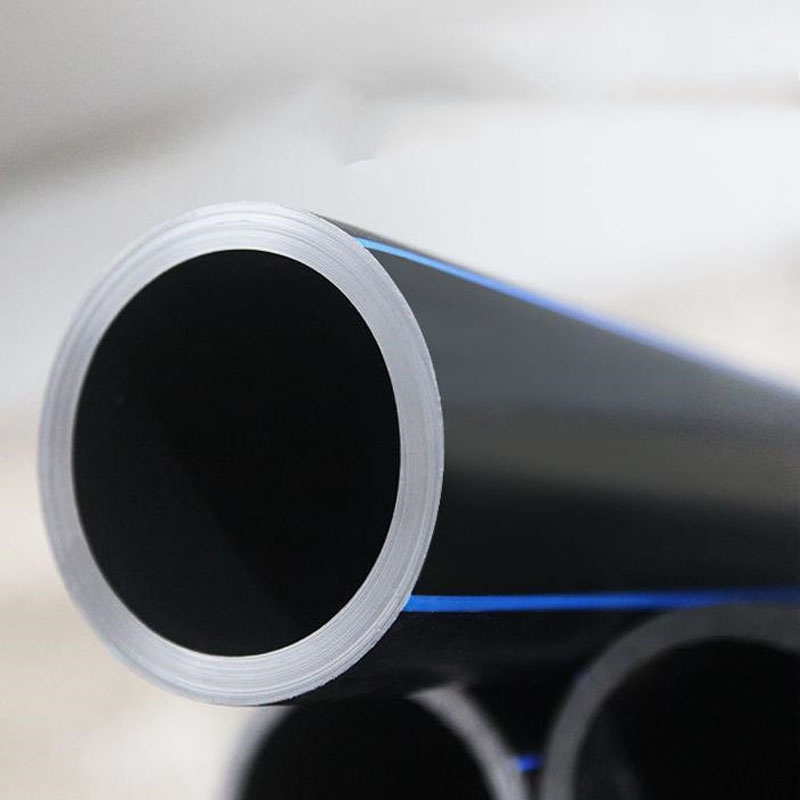 High-density polyethylene (HDPE) pipe fittings systems have been used for municipal and industrial water applications for over 50 years. Within PPI’s Building & Construction Division, HDPE Pipe Fittings are used for ground source geothermal applications, also known as earth energy or geo-exchange systems.Read more
High-density polyethylene (HDPE) pipe fittings systems have been used for municipal and industrial water applications for over 50 years. Within PPI’s Building & Construction Division, HDPE Pipe Fittings are used for ground source geothermal applications, also known as earth energy or geo-exchange systems.Read more -
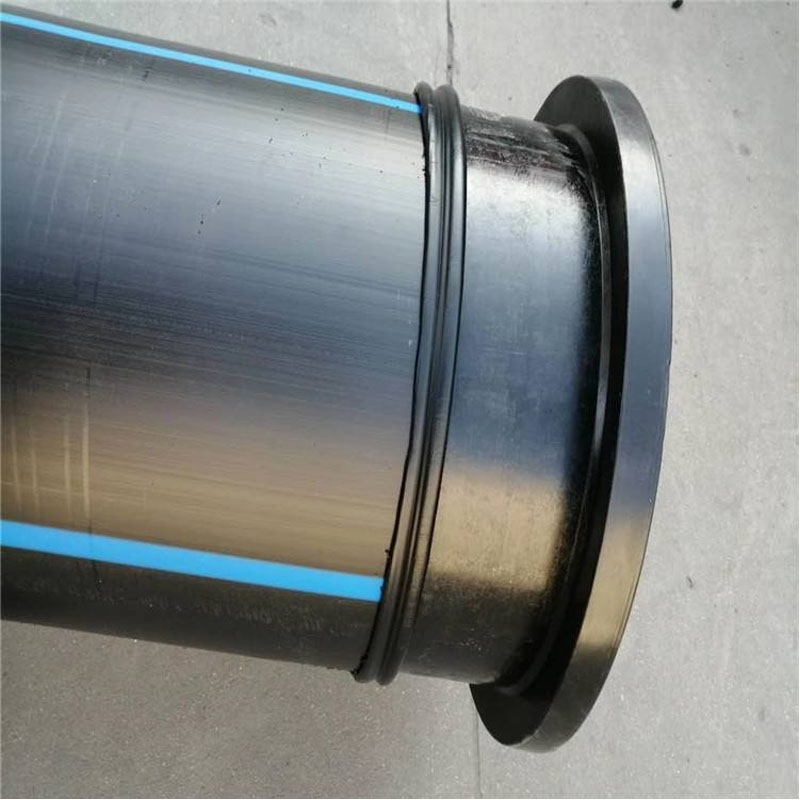
Material Comparison: PVC Vs. HDPE
HDPE and PVC pipe have several similarities, but there are important differences that you should understand when choosing a product. At Piedmont Plastics, we want you to have the right plastic for your specific application, and that’s why we want to point out these differences.Both PVC and HDPE are durable and lightweight options for piping in residential and commercial buildings. They carry a low risk of leaks, can carry gas and liquid, and can be used underground and in the water. Both are corrosion-proof and resistant to bacteria and chemical buildup as well. Yet, despite these similarities, distinct differences can dictate which choice is best for your needs.Read more -
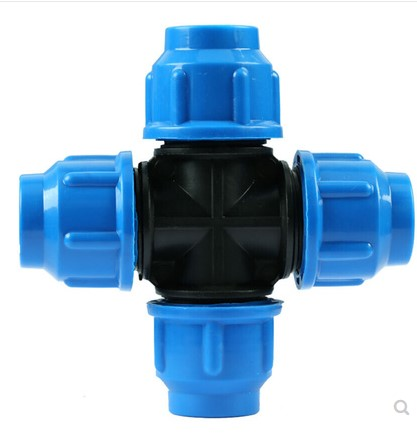
What is High-Density Polyethylene?
High-density polyethylene, or HDPE, is a natural gas-derived thermoplastic known for its impressive tensile strength, corrosion resistance, and impact resistance. These traits make it the ideal material choice for piping in a wide range of applications including pressure and non-pressure pipe, conduit and drainage. WL Plastics manufactures HDPE pipes for potable water systems, mining operations, oil and gas collection, wastewater removal, protecting fiber optic cables, natural gas distribution and more.HDPE pipes are durable and resistant to physical damage, corrosion, common chemicals, and other environmental hazards. They are a cost-effective choice for long-term piping needs. Learn more about HDPE, including the material’s unique features, benefits, and applications.Read more -
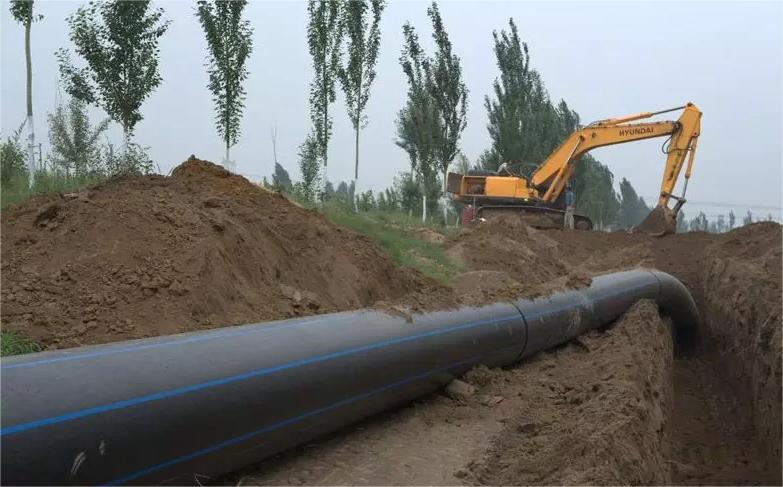
La Paz, Bolivia, on March 30, 2022.
Accessing to clean water is a kind of human right, but according to latest UN reportRead more -
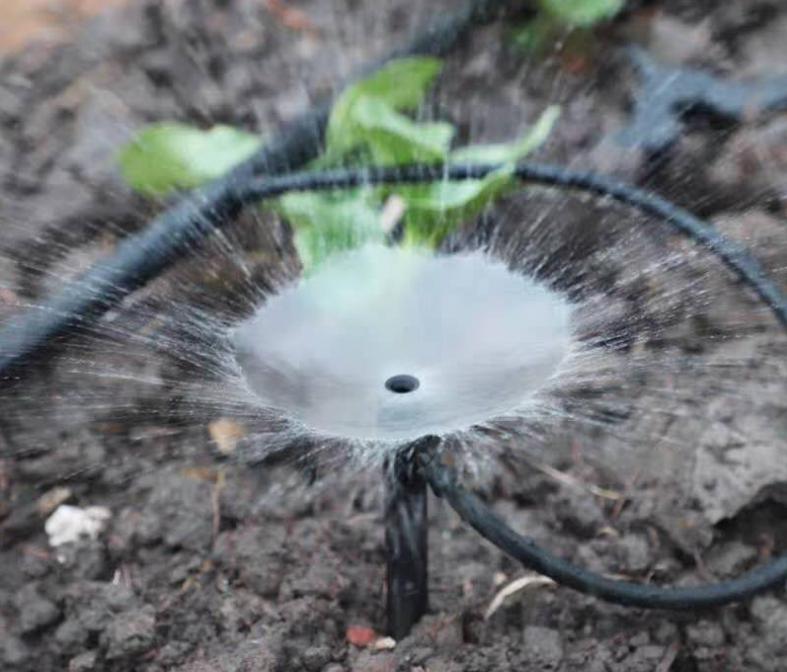
Cape Town, South Africa, on January 16, 2023.
Water saving agriculture has become a trend in the whole worldRead more -
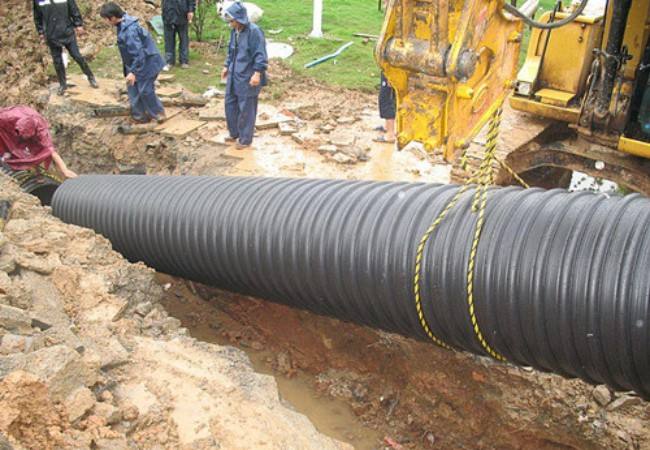
Da Nang, Viet Nam, on July 27, 2023
Da Nang, Viet Nam, on July 27, 2023. The DX2046 drain project was started in Da Nang, the city with a population of 4 million in central Viet Nam, It has a total of over 1 million registered vehicles.Read more

